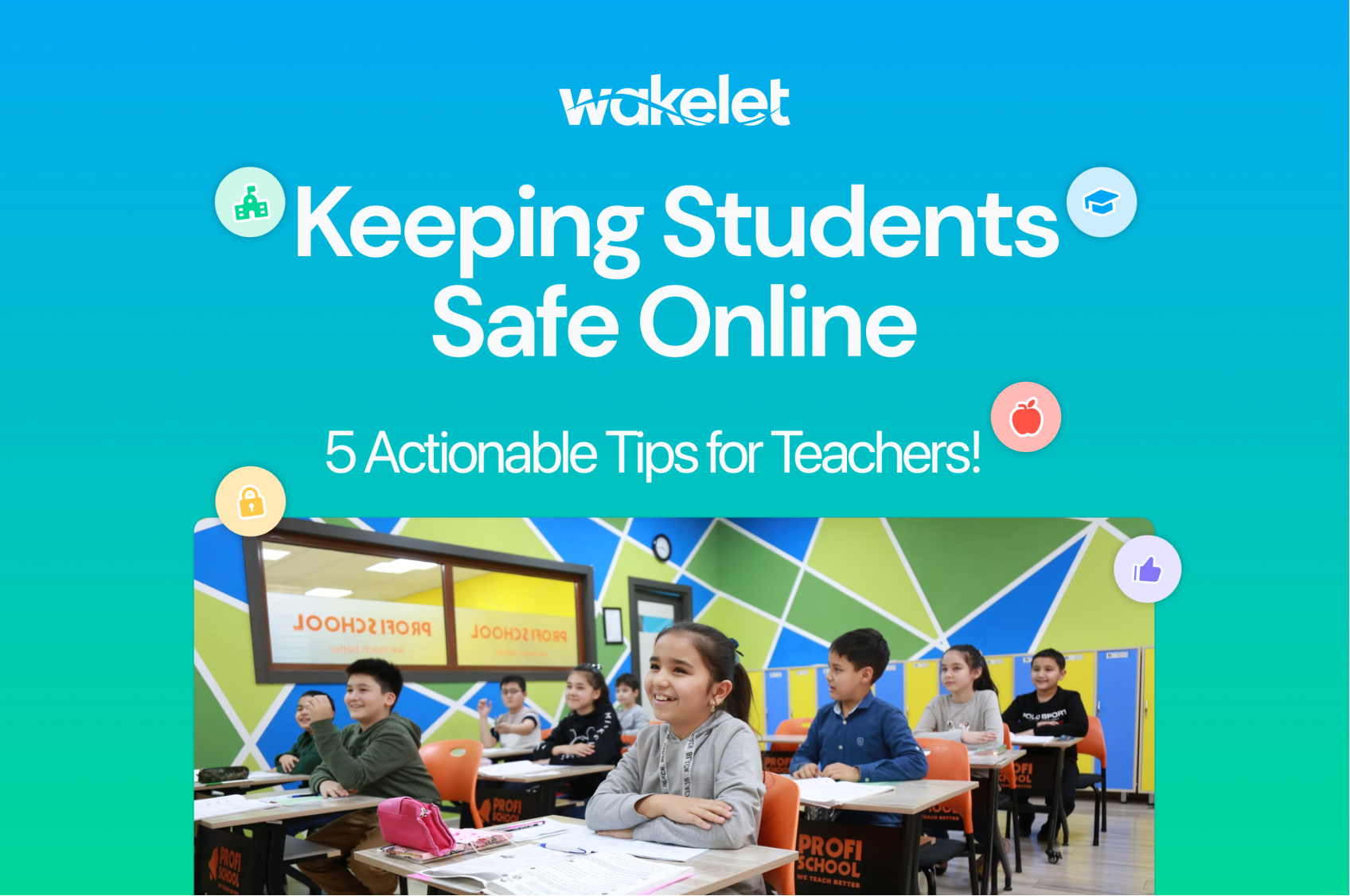Teaching for jobs that don’t exist… Yet!

It’s 2017 and I’m teaching students about early exploration in 5th-grade social studies. To be honest, I can’t tell who was more bored them, or me reading our social studies textbook chapter by chapter and filling out worksheets and tests week after week. That was the moment I fully transformed the way I was teaching. I got rid of lectures and worksheet-based lessons and started to incorporate hands-on learning. The first project was to identify a problem Christopher Columbus had in his voyage and create a solution. I allowed my students to come up with their own problems and solutions in small groups. This meant each group had a different project. Some students were redesigning his boat to make it more efficient while others were inventing tools to help in his exploration. Were students showing me what they knew? Definitely! But now I wasn’t just teaching a lesson, I was creating an experience. Students took control of their learning.
Integrating STEM
As a 5th-grade math and social studies teacher, I began integrating STEM and hands-on learning into my everyday lessons. This innovative design fully changed the way I was teaching and changed my student’s outlook on the subject areas they were expected to master. This concept evolved into my current role as a K-5 STEM teacher.
STEM stands for Science, Technology, Engineering, and Mathematics. STEM promotes creativity, collaboration, resilience, team working skills, improves motivation and problem-solving skills. Those benefits alone should be enough to make you want to integrate STEM into the lessons you’re already teaching. By incorporating STEM teachers are giving students a kinaesthetic way to learn! STEM doesn’t have to be only science, math, technology, and Engineering. STEM can help you create cross-curriculum connections in your classroom.
Every lesson in STEM revolves around the design process and problem-solving. In ELA STEM can look like a novel study followed by creating a tiny home out of recycled materials for the main character. It can look like identifying a problem in a book and designing a solution to change the ending. STEM can look like designing a robotic hand and weighing the amount the hand can hold or measuring the distance the fingers can move. STEM can look like recreating monuments out of Legos or play-doh. Maybe you’re creating a wind turbine out of recycled materials and using play money to budget the amount you can spend to create your project. STEM can also look like creating with building materials or coding robots. STEM can fit into any subject area and any grade level.
STEM education is innovative, powerful, and a necessity for students today. This is a place for students who thrive on hands-on learning to excel. Innovation is critical in education today, we owe it to our future leaders to create something that is new and better in the classroom. By incorporating STEM education into lessons you’re already teaching, you are preparing students for the real world outside of our classroom.
STEM in the Elementary Classroom ideas



